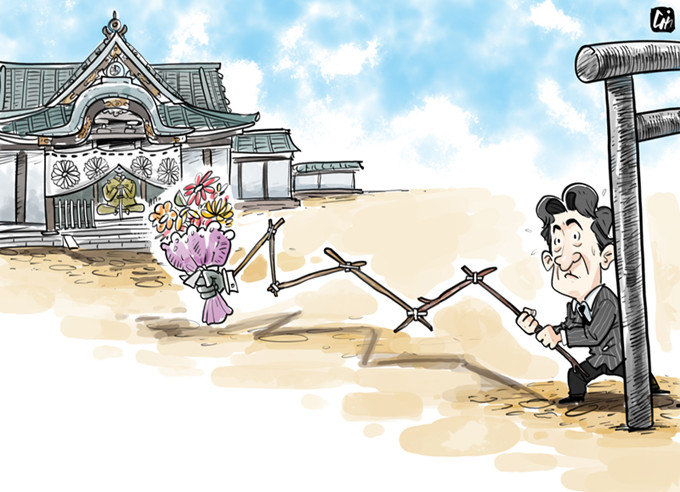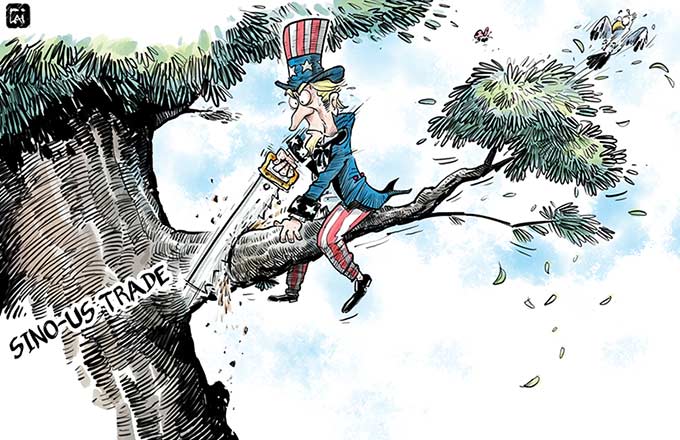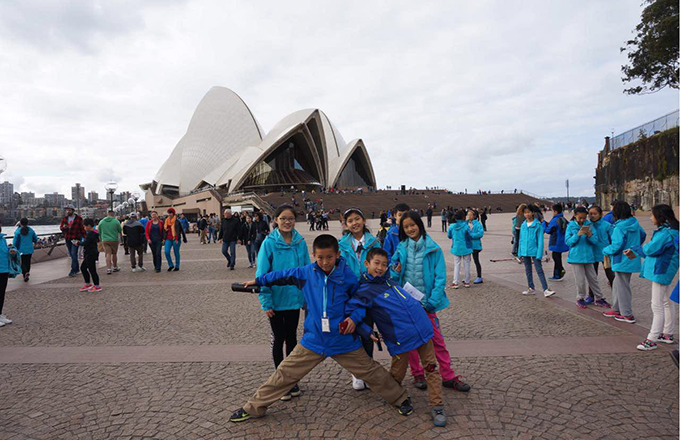Promoting regional trade
Japan should accelerate establishing an FTA with China, as it would increase its exports by $47.8 billion every year, according to the report.
Seoul must have noticed that cross-Straits economic relations between the Chinese mainland and Taiwan have been boosted since the signing of the Economic Cooperation Framework Agreement. The cross-Straits trade volume reached a historical high of $168.96 billion in 2012, while the first five months of this year saw a 43.4 percent increase in the mainland's imports from Taiwan, almost four times that of the ROK's 11.8 percent.
China's economic cooperation with the ROK has experienced tremendous progress since they established diplomatic relations in 1992. Their trade volume has grown 50 times in 20 years, reaching $256.3 billion in 2012. It took 27 years to achieve the same trade growth with the United States and 30 years with Japan. There were many reasons for this, and the initiative and research on establishing FTA being one.
An official report by the ROK shows that trade with China accounted for 20.3 percent of its total trade volume in 2011. And there has been a rising trend since 2000, and China's urbanization offers great potential for further cooperation.
However, despite the good momentum, the two countries still have much to do, like discussing greater cooperation in key industries and boosting the trade in services. In 2012, the service sector accounted for 44.6 percent of China's GDP, lower than developed countries and other emerging economies. The ROK enjoys advantages in such fields as finance, information services, insurance, which offers huge space for promoting cooperation.
Of course, during their FTA negotiations, the guiding principle for the negotiations should be gradual but continual progress, starting from the easiest areas where they can reach agreement, like partly cutting tariffs or signing trade agreements for goods, and excluding some products in sensitive industries.
Establishing an FTA between China and the ROK would also help promote the Regional Comprehensive Economic Partnership negotiations between the 10 members of ASEAN (Brunei, Cambodia, Indonesia, Laos, Malaysia, Myanmar, the Philippines, Singapore, Thailand, and Vietnam) and the six countries with which ASEAN has existing free trade agreements Australia, China, India, Japan, the ROK, and New Zealand, and thus boost the integration process of Asia.
The author is a researcher at the Chinese Academy of International Trade and Economic Cooperation, affiliated to the Ministry of Commerce.
(China Daily 06/27/2013 page8)


















